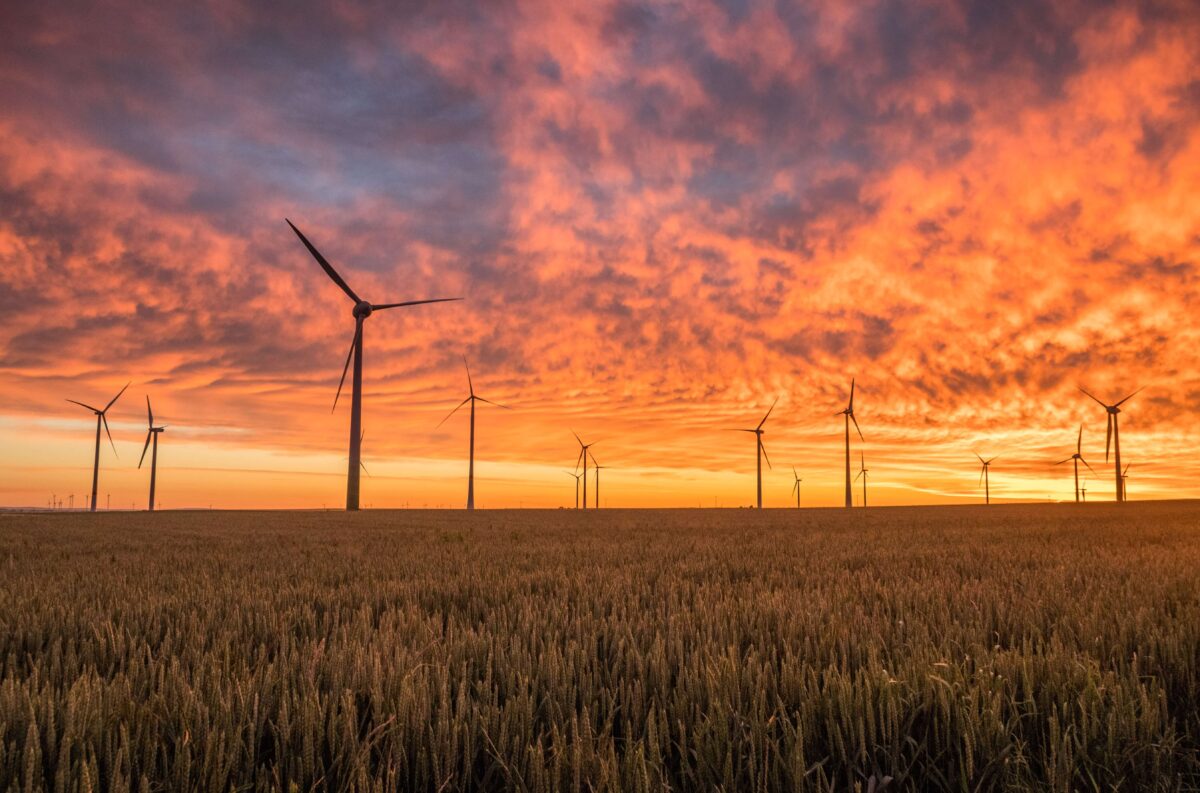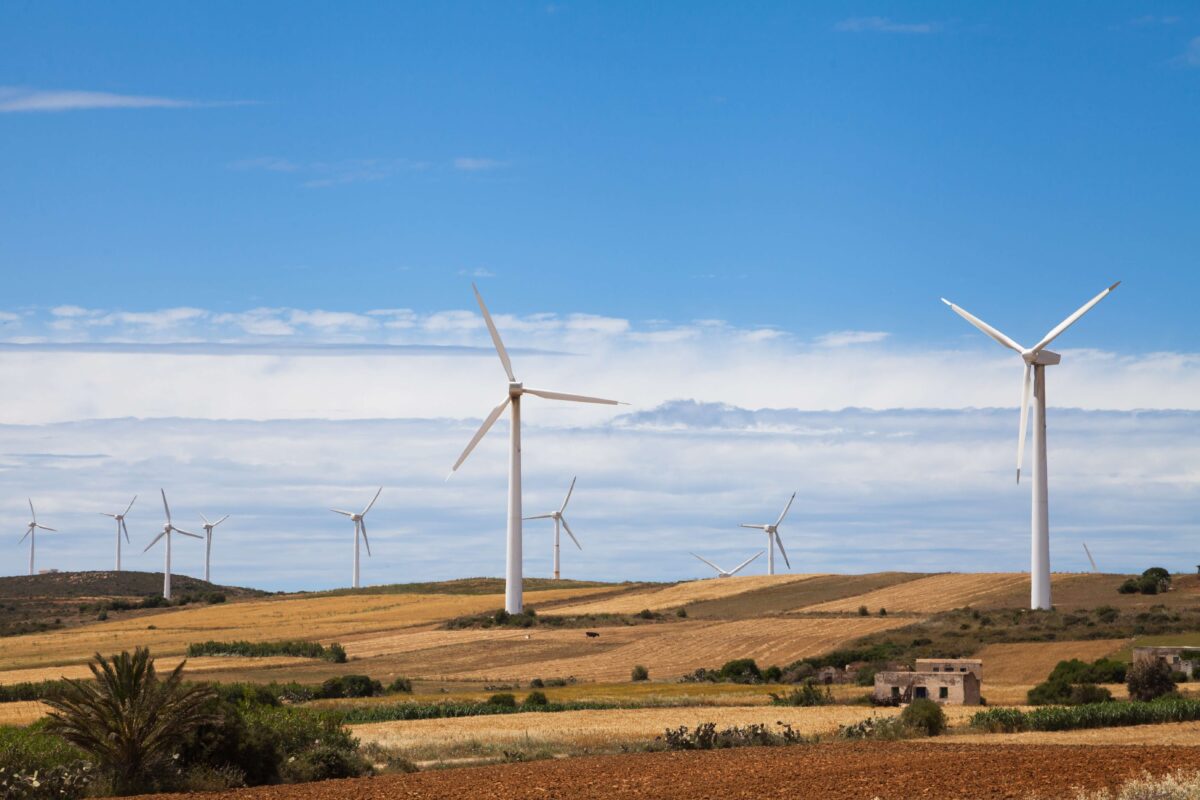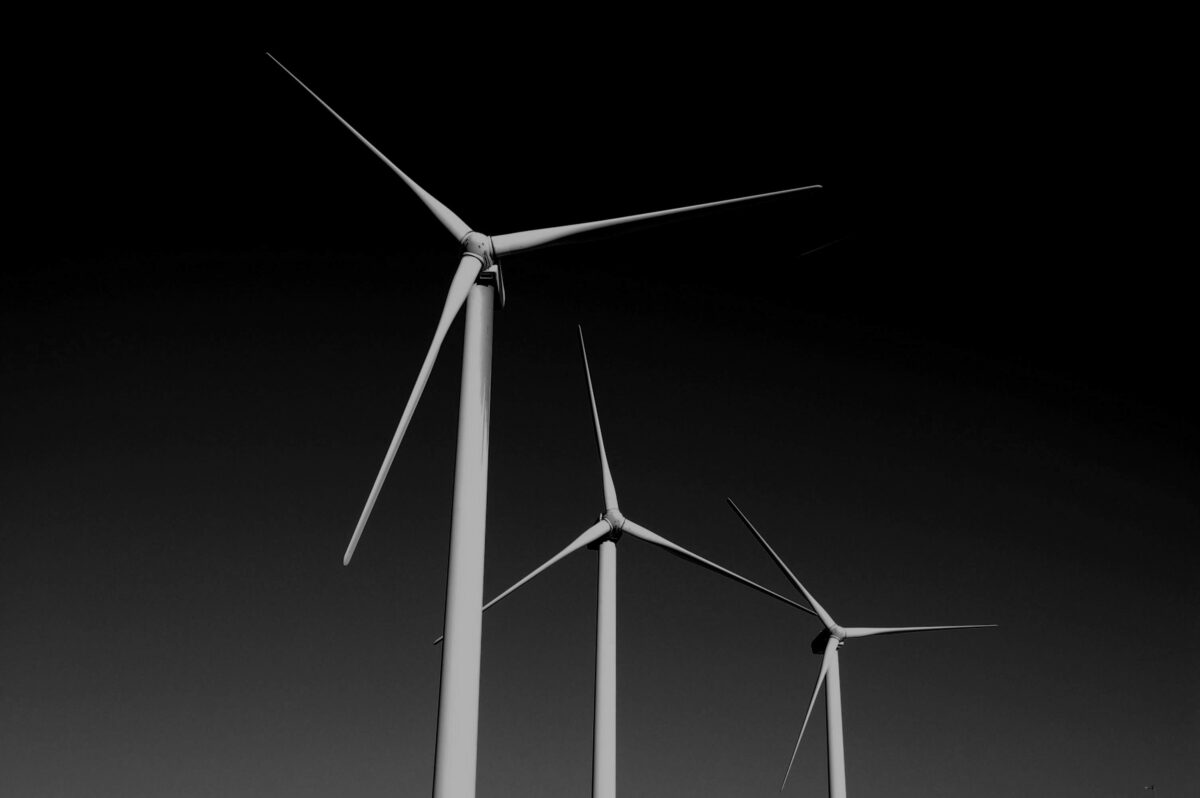EU commits to generate at least 27% of its energy from renewables by 2030
The EU has made a commitment to generate at least 27% of its energy from renewables by 2030 after the European Council adopted a new Renewable Energy Directive target this week. For heating and cooling, member states will have to adopt measures to achieve an annual 1% increase in the share of renewable energy, while the target for the transport sector is set at 14% renewable by 2030. An advanced biofuels target of 3% is also included for transport, and it has a binding milestone of 1% in 2025 to guarantee the availability of fuels throughout the period. The European Parliament is expected to agree on its negotiating mandate for the directive in the beginning of the new year.
A recent study published in the journal Nature Energy from researchers at the Potsdam Institute of Climate Impact Research concludes that the cumulative life-cycle emissions attributed to upscaling low-carbon power (not including hydro) is small compared with direct fossil fuel emissions. The study combines life-cycle assessment with integrated energy-economy-land-use-climate modelling and finds that indirect emissions from solar and wind are 10% that of fossil fuel powered plants equipped with carbon capture and storage through 2050. Life-cycle emissions from hydropower and bioenergy are similar to those from fossil fuels but are highly uncertain.
BP has acquired a 43% stake in UK-based solar developer Lightsource, and the new company has been renamed Lightsource BP. This acquisition will add solar to the technology portfolio of BP Alternative Energy, which already has interests in wind, bioenergy and biofuels. Lightsource BP will target utility scale solar projects in the US, India, Europe and the Middle East, either connected to the grid or to corporates through private wire agreements.
The demand response aggregator Flextricity intends to apply for an energy supply license that would give its customers access to National Grid’s Balancing Mechanism. At times of high demand, electricity prices can top £2,500/MWh on the Balancing Mechanism market in comparison to a wholesale market cost of around £50/MWh. Flextricity will primarily target businesses and public sector organisations.
UK energy regulator Ofgem has published draft guidance for participants of the Renewable Obligation (RO) and Feed-in Tariffs (FiT) schemes who are considering co-locating storage with already accredited installations. The guidance describes how metering must be setup in such a way as to ensure the accurate measurement of electricity supplied only from the accredited renewable source. This is particularly important if the storage facility can also be charged by other ineligible sources of electricity. The draft is open for stakeholder feedback until 8 February 2018.
India plans to build the world’s largest solar-wind hybrid power project. The world bank has agreed to fund the project, estimated to require investment of around US$155 million. The project will feature 120 MW of solar combined with 40 MW of wind capacity, which will be integrated with a battery storage system in Andhra Pradesh, where grid failure and power fluctuations continue to challenge the state’s energy system.
Electric vehicles
The Sustainable Transportation Action Research Team (START) at Simon Fraser University in British Columbia has released Canada’s ZEV Policy Handbook. Researchers modelled three ways Canada could achieve 40% ZEV market share by 2040 (in line with the IEA’s EV30@30 initiative) and found that current policy will only enable 9-17% market share by 2040.
In a world first for the transportation sector, an Australian rail company has refurbished a vintage train to be powered entirely from solar energy. The US$4 million project includes a 6.5 kW custom curved solar array installed on the tops of the train carriages that feeds the on-board 77 kWh battery storage system, which provides sufficient energy for 12-15 trips. The restored carriages can carry 100 seated passengers and provide additional room for standing passengers, luggage, bikes, and surfboards. The route, which was abandoned for 13 years due to low demand, is an abandoned stretch of track between Byron Bay and a holiday resort 3 km away.
UK renewable energy supplier Good Energy is hoping to capitalise on the growing EV market by partnering with Europe’s largest smart charging provider NewMotion. A six-month trial to install smart charging at Good Energy’s offices in Wiltshire is planned first, after which the two companies will develop a new commercial offer for their business and domestic customers. NewMotion operates a public network of over 50,000 charge points across 25 countries.
Porsche’s production of its hybrid Panamera has doubled in the past 12 months to meet increasing customer demand, with the company announcing that production is now limited by the ability of battery suppliers to meet demand. The increasing popularity of hybrid and electric vehicles is good news for parent company Volkswagen, which has invested heavily in electric vehicles following its emissions scandal in 2015.
Storage and distributed energy
Faraday Grid launched a prototype of its Faraday Exchanger at Scotland’s National Museum with over 100 energy sector specialists, investors, and academics present. The systems design and energy technology company claims its device could integrate as much as 107 TWh of renewable energy onto the existing UK electricity network. The exchanger smooths out the variability associated with renewable generation by regulating voltage, power factor, and frequency while also acting independently of any central control system. Widespread adoption of the Exchanger technology is projected to save the average UK household over £30 on electricity costs while avoiding millions of tonnes in greenhouse gas emissions.
Twenty homes in Dingle, Ireland, will be selected to take part in a €1.12 million energy storage trial called StoreNet. The two-year project will install residential battery storage systems in these homes to create a virtual power plant (VPP) project to test the potential of such a system in relieving pressure on the Irish electricity grid during peak times. Both homes with and without existing solar PV will take part, and the project is expected to reduce energy costs for residents.
LO3 Energy and European electricity exchange (EPEX) Spot have signed a memorandum of understanding to develop blockchain energy trading and transactions systems to link microgrids with the European wholesale power market. Initially, the partners will focus on pilot projects to connect local LO3 peer-to-peer markets with EPEX Spot wholesale markets in the UK and Western Europe. LO3 are already developing microgrids in southern Germany.




